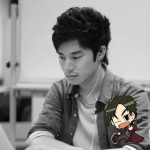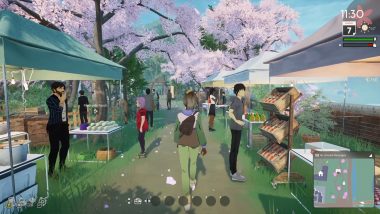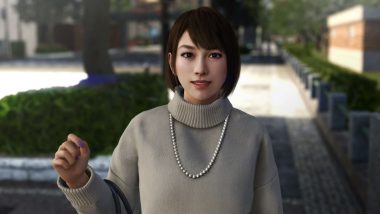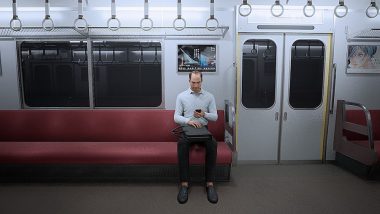Like a Dragon: Ishin! devs discuss why they chose Unreal Engine over Dragon Engine [PR interview]

Sega released Like a Dragon: Ishin! on February 21 for PS4, PS5, Xbox One, Xbox Series X|S, and PC (Windows/Steam). The game is a remake of the 2014 PS4 title Ryū ga Gotoku Ishin! with enhanced graphics and additional content. While the original version was only released in Japan, this remake received a worldwide release.
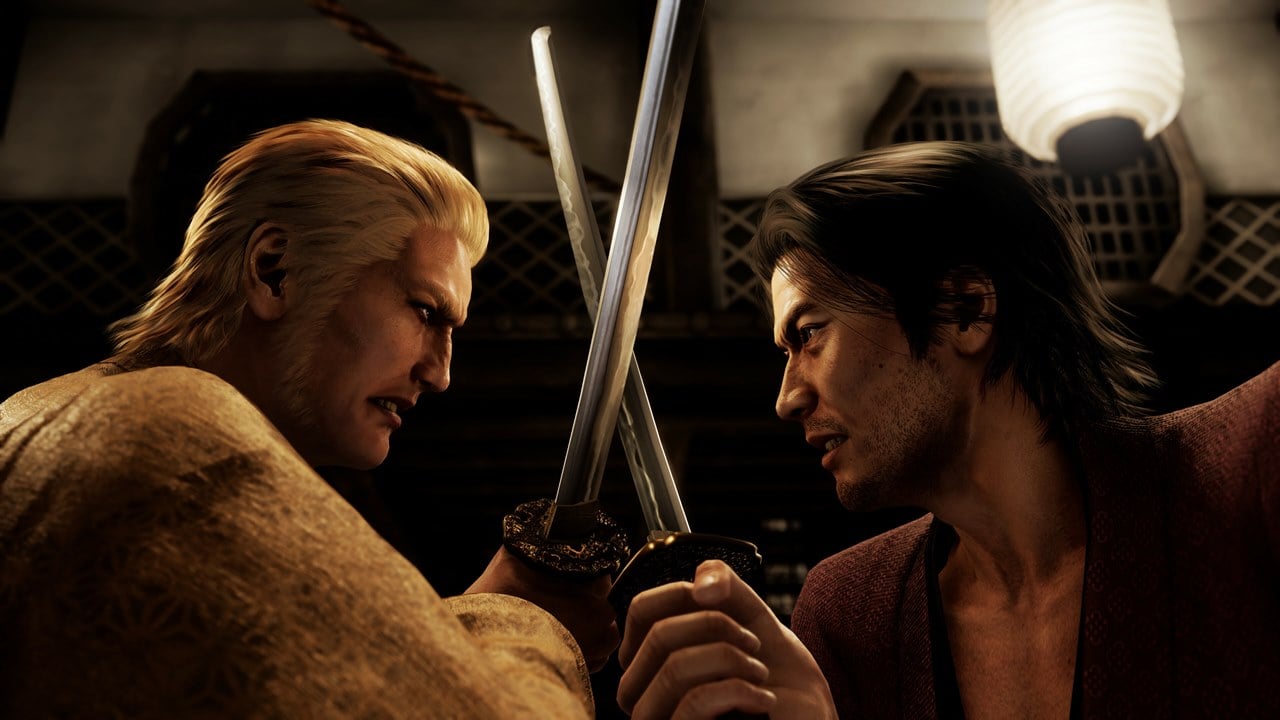
Interestingly, Like a Dragon: Ishin! was developed using Unreal Engine. Sega’s Ryu Ga Gotoku Studio is known for developing its own engine, which they still use when developing the latest games in the series. So why would they adopt Unreal Engine for this game? We asked four members of Ryu Ga Gotoku Studio’s development team.
It should also be noted that Like a Dragon: Ishin! uses products from CRI Middleware’s CRIWARE brand, including sound middleware CRI ADX and high-compression, high-quality movie middleware CRI Sofdec. This article will also discuss how they used these tools in the development process.

The following members took part in the interview. Please note that this interview was conducted with infection prevention measures in place.
Chief Producer: Hiroyuki Sakamoto
Lead Programmer: Tatsuya Katou
Lead Programmer (Sound): Yoshiaki Hattori
Sound Designer: Fumiyoshi Shimohara
*This article is based on a sponsored interview posted to the Japanese edition of AUTOMATON on February 23 (JST).
Like a Dragon: Ishin! debuts with a new look using Unreal Engine
――Would you please start by introducing yourselves?
Sakamoto:
I am Hiroyuki Sakamoto, chief producer of Like a Dragon: Ishin! I was also the director for the original version released in 2014, so it was quite a nostalgic experience coming back to work on the remake after all these years.

Katou:
I’m Tatsuya Katou, the lead programmer for this game. I joined the company in 2006 and was a programmer for the PlayStation 2 title Yakuza 2. I have been involved in the Yakuza series ever since. For this game, I was responsible for implementing the battle system in the early stages of development, as well as implementing the game as a whole, making technical decisions, and managing the schedule in the latter half of development.
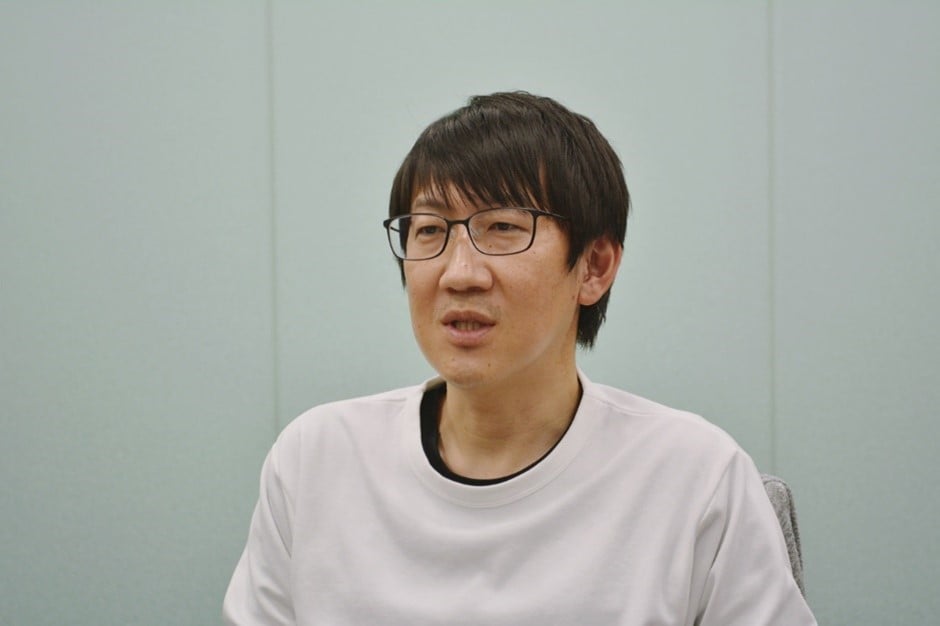
Hattori:
I’m Yoshiaki Hattori, and I was in charge of sound programming. I was also in charge back during the development of the original version of Like a Dragon: Ishin! My main responsibility was incorporating all the data created by our sound designers into the game. I have been using ADX for many years now.

Shimohara:
I’m Fumiyoshi Shimohara, and I work as a sound designer. I first joined the company as a sound programmer, eventually becoming a sound designer after a number of twists and turns. Due to my knowledge of programming, my position might be described as more of a technical sound designer. With the exception of BGM, I was responsible for implementing new SFX and voices, as well as managing the data for implementation and porting.
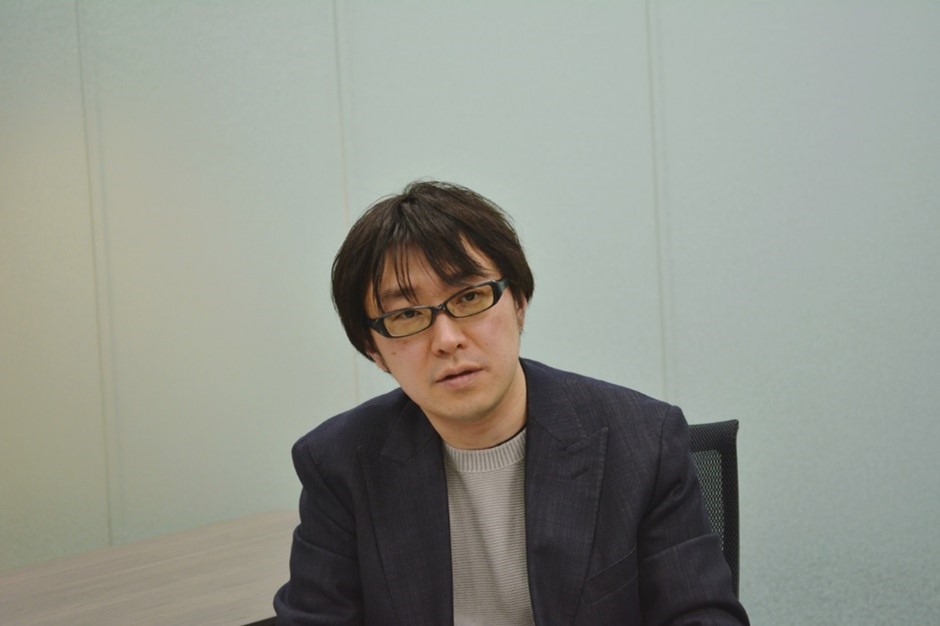
――Please give us a brief overview of Like a Dragon: Ishin!
Sakamoto:
Like a Dragon: Ishin! is a unique entry into the Yakuza series (now renamed to the Like a Dragon series). This title is a historical spin-off that blends true historical events with the question, “What if the main protagonist, Ryoma Sakamoto, had joined the Shinsengumi?” On top of this, it also brings in an all-star cast of characters from the main series titles.
As for the game’s content, the original was characterized by its action elements in which players could fight with both swords and firearms. The remake expands upon that feature, allowing for even more swordplay action. In addition, one of the most notable characteristics of the remake’s development is that it is the first game in the series to utilize Unreal Engine.
――Please tell us more about the development period for this title.
Katou:
We started by conducting basic research on Unreal Engine development, so the actual development stage didn’t begin until September 2021. That means the development period was about 18 months. Sega already had a track record of using Unreal Engine in a number of arcade titles, so we were able to enlist the help of staff members who had prior experience.
――I believe this is the first attempt at using Unreal Engine to develop a game for console. Could you tell us why you chose to use it instead of Dragon Engine*?
*Dragon Engine is a proprietary game engine created by Ryu Ga Gotoku Studio.
Sakamoto:
The main reason we chose to use Unreal Engine was for its excellent lighting capabilities. The most noticeable example of this is in the game’s opening scene in the prison. After seeing how Unreal Engine and its physics-based approach handled light shining in through the gaps in the prison bars, I was amazed at how natural and rich everything looked. That’s what convinced me that this engine would be a good choice for the game.
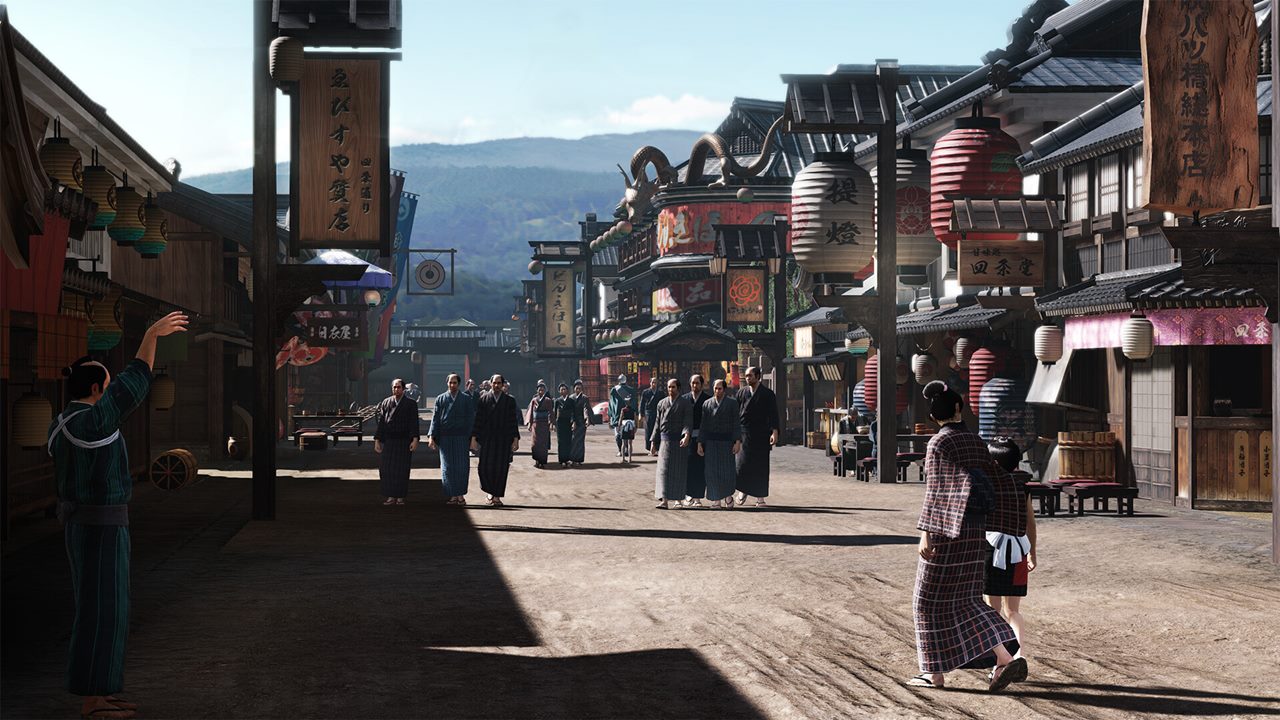
Of course, we couldn’t simply port everything in the game over to Unreal Engine and call it a wrap. We also had to significantly brush up all the 3D models first. The model data from the original didn’t work properly, with a number of problems relating to outward appearance popping up such as faces looking inflated and beards appearing out of position. We had to go back and make adjustments to the models to ensure they looked as good as possible in Unreal Engine. We performed a proper remake on other aspects of the game as well, rather than simply porting it over to the new engine.
Katou:
Since Unreal Engine is such a widely adopted engine in game development, it offers the major advantage of allowing for easy knowledge sharing. When we first attempted running the original version on Unreal Engine, we encountered issues such as differences in scaling and the way the coordinate systems work. For example, in Dragon Engine, the Y-axis represents height, whereas Unreal Engine uses the Z-axis. Bugs resulting from differences in unit of length were also difficult to detect as they often appeared to be functioning normally at first glance. This led to struggles in the early stages as we worked to find an efficient workflow.
――Even having started by conducting basic research, 18 months seems like quite a short development period. At what stage did the sound team join the project?
Shimohara:
The sound team began estimating the overall workload and studying UE4 sound around May 2021 during the pre-production phase of the project. At that point, the team consisted of only about three people, all of whom were also working on other projects at the same time.
Later, once the project gained momentum, the topic of casting changes to the voice actors came up around October 2021, and so the team had to begin preparations for voice recording. The sound team consisted of a sound producer, an implementation director, a BGM director, and two members who worked on re-mixing the sound for event scenes to incorporate the newly recorded voice lines. These five people became the core team members. In addition, about five people were in charge of composing new karaoke songs and battle BGMs. In total, the development team consisted of about 12 people, including sound effect implementation.
――Is having five core members responsible for sound typical for a project of this size?
Shimohara:
For a Yakuza series title, I think a 5-member core team is rather small. The core team typically consists of at least ten members. For this particular title, however, the core team remained small while other members joined temporarily to handle specific roles.
An evolved sound and recording workflow for VA casting changes
――This remake comes 9 years after the original. Could you tell us about the differences in sound from the original version?
Shimohara:
For the background music, roughly 20% of the tracks in the game are newly added. We also created new arrangements for battle music as well. We tried to preserve as much of the atmosphere from the original as possible, of course, and even used some older tracks that were popular with the players. We believe the battle music of the Yakuza series is something that leaves a lasting impression on many players, so we did our best to emphasize the “renewed cast of all-stars” feeling we were aiming for.
As for SFX, we added to the available audio assets relating to Trooper Abilities. This was done because these abilities are now available in regular battles, as opposed to being limited to use in battle dungeons in the original version of the game. In total, we added around 80 brand new SFX files for use with the many whimsical skills not present in the main series titles.
Hattori:
We also have a system in place to help transition the BGM smoothly when going from event scenes to battles. In the scene where you fight against Okita Soji, for example, the transition from the event scene to the battle is designed to be seamless, with all the tension built up in the former carrying over to the latter. I hope you’ll enjoy it.
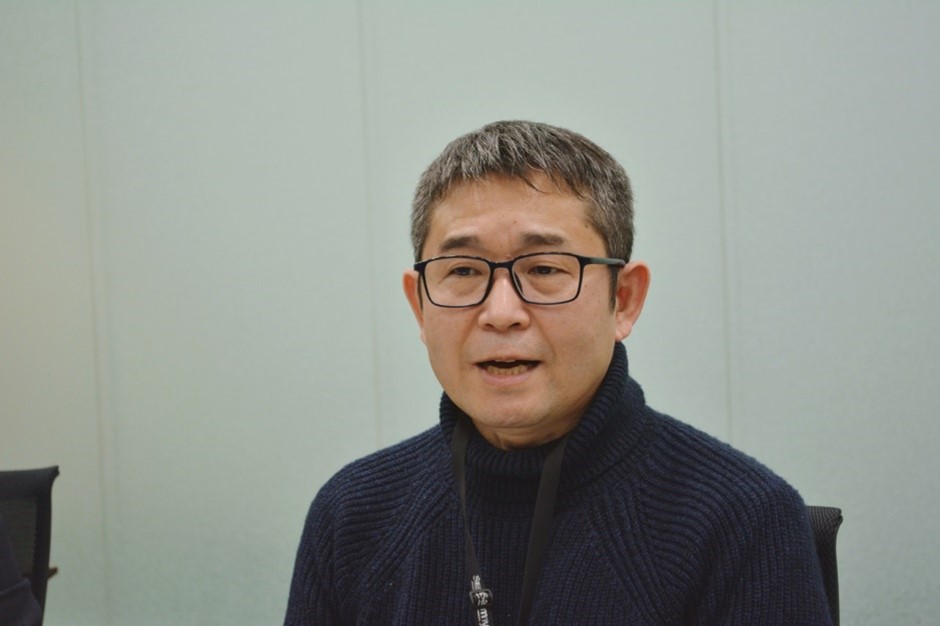
Sakamoto:
When it comes to changes made to the game’s direction and presentation—sound included—those made to the voice acting cast certainly feel significant. To ensure the players who enjoyed the original version would also be able to enjoy the remake, we carefully re-examined the personalities of each character during the casting process. And of course, changes to the voice actors meant new voice recording sessions.
――The changes to the voice acting cast were certainly a surprise. Were there any recording methods implemented specifically because this was a remake, as opposed to methods you might use for new titles?
Shimohara:
When developing a new Yakuza title, we typically use the script as a base, recording the voices before the game’s visuals are done. For this game, however, we already had the original version to use as reference. As a result, we made heavy use of dubbing sessions in which the voice actors would record their lines while watching the game’s visuals.
The idea to change the cast was finalized in October 2021, and we didn’t start voice recording until June 2022, but I remember scrambling throughout April and May as we figured out how best to prepare the visuals for these recording sessions.

Katou:
When we first started, we were having problems with getting the characters to move properly. However, we were able to overcome these challenges in time to reach our deadlines. This was a huge relief, as providing scenes where the characters are just standing still would have made recording the voice-overs a headache for our voice actors. Throughout the entire project, the drama scenes ended up improving their quality faster than everything else.
――When you say drama scenes, are you referring to the cutscenes?
Hattori:
Drama scenes refer to conversation scenes in which facial motion is set for the characters. These can be implemented at a lower cost than normal event scenes. However, because the animators need to create these facial motions, if the length of the voice audio changes at all, the data needs to be recreated. In order to reuse the facial motion data from the original version of the game, the voice-overs for this game were recorded to match the length of the original voice data.
Sakamoto:
We were quite particular when it came to the facial expressions in this game, so we explored a number of different approaches. For example, relying solely on phoneme analysis would leave the characters expressionless whenever they weren’t speaking. If all the facial expressions and camera angles are predetermined, scenes look too mechanical, making it impossible to produce a lengthy drama. The drama scenes were created as a means to allow for a wider range of expressions.
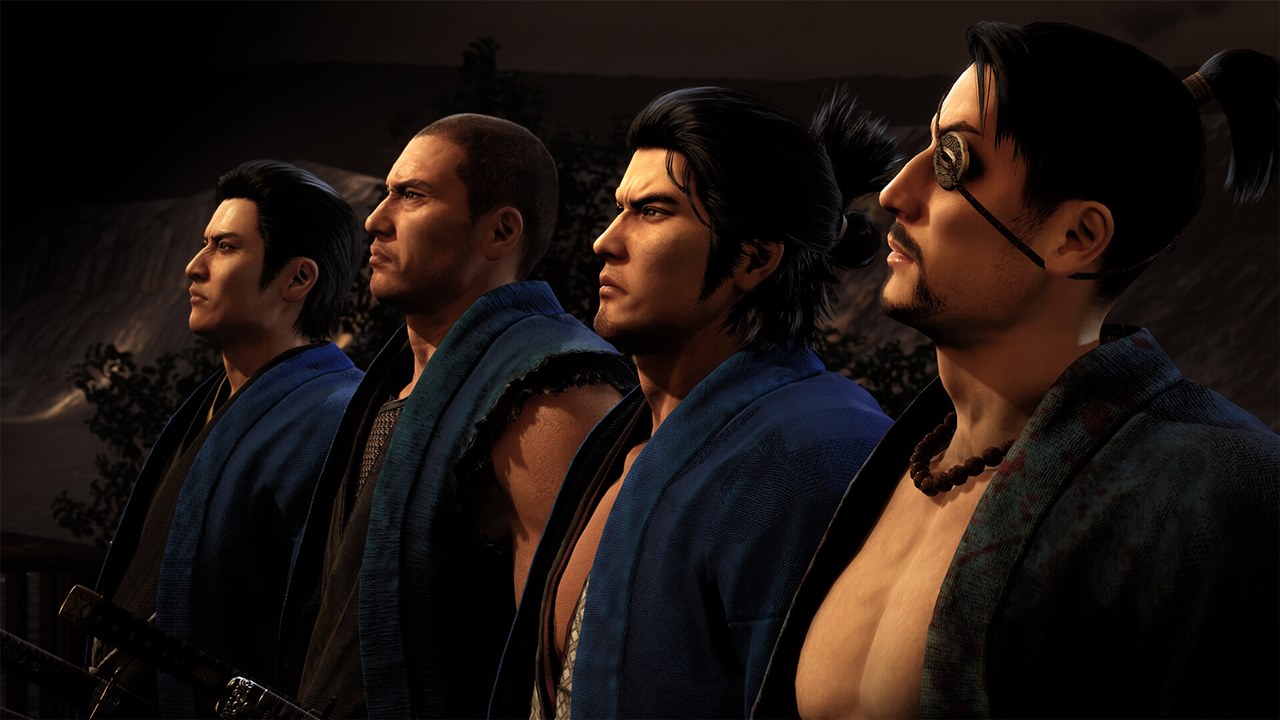
Shimohara:
To be honest, we’d actually forgotten about the drama scenes during the early stages of development. However, because we had to consider the fact that players can move on to the next dialogue before the voice line ends by pressing a button, the game utilizes waveform files that are split into much smaller segments instead of full, scene-length audio files. Because it was necessary to be more precise with the timing in these scenes than it was for general cutscenes, the preparation and the recording itself were quite challenging.
Utilizing a traditional development workflow with ADX integration despite switching game engines
――I believe this is the first case of your company making use of Unreal Engine with ADX*. Did sound development proceed smoothly?
*Sound middleware provided by CRI Middleware. It enables simple implementation of diverse sound production required in game development.

Hattori:
During the game’s development, there were three areas of work: the old Dragon Engine system, the Unreal Engine system, and the ADX system. As far as ADX is concerned, however, we handled those parts the same way as usual. The data transfer and conversions went smoothly, and I doubt we could have rebuilt this amount of data without ADX.
If we had done this using Unreal Engine’s native functionality, we would have had to start by learning Unreal Engine. However, we were able to complete this using Atom Craft, allowing us to fully utilize our pre-existing workflow. We use ADX enough during development of our titles that I can’t think of any that were made without it.
――Does that mean you are not using the editor function within Unreal Engine?
Hattori:
We hardly used it. Since we essentially brought the entire foundation over from the original version of the game, the only parts of Unreal Engine we made use of were the event scene asset management and the Animation Montage (these are the tools for issuing events and playing things such as animations, effects, and sound queues within the montage).
Katou:
The game has quite a large amount of data, so we wrote converters that would import the data created using our in-house tools into Animation Montage and the sequencer. We also brought over all the various values relating to weapons from the original game.
Hattori:
Porting the sound went smoothly because we were able to reuse the data from the original version. We were even able to ask CRI Middleware to create a method for embedding common IDs into the sound data for the two engines which helped bridge the gap in sound playback methods between Unreal Engine and Dragon Engine. It’s hard to imagine how we could have finished this project without this, so we are extremely grateful for the support they provided.
――So you essentially converted not only audio data, but nearly all the game data before beginning? Does that mean you were able to recreate things such as the map data and all the assets that were placed on those maps?
Katou:
For the map data, we made use of the same development environment that we used for the original version in order to bring over all the original data. This meant we weren’t able to make use of Unreal Engine’s editor, but in the end, it resulted in a significant cost reduction.

――I see. That seems like quite an ambitious workflow. It sounds like this was made possible thanks to the expertise of so many members who have been working on the series for so long, not to mention having well-maintained the previous system.
Katou:
On the contrary, we developed the UI natively in Unreal Engine. We ran into some difficulties adapting to the differences from the original, but considering the costs of porting the UI system, I think this was the better decision.
Multi-platform and overseas expansion leads to localization in 9 languages
――The original version of this title was released for PlayStation 3 and PlayStation 4. However, the remake was released on a variety of systems, not just for the PlayStation consoles. Please tell us a bit more about the game’s multi-platform support as well as your localization efforts.
Sakamoto:
This game was given a simultaneous worldwide release, and includes multi-platform support and multi-language localization. The platforms supported are PlayStation 4, PlayStation 5, Xbox Series X|S, Steam, and Windows.
The original version was only released in Japan, but this time it has been localized into nine languages—EFIGS (English, French, Italian, German, Spanish), Simplified Chinese, Traditional Chinese, Korean, and of course, Japanese.
The market size of the Yakuza series is overwhelmingly larger in North America and Europe. We have a healthy-sized market in Japan as well, but we are grateful to have so many fans overseas.
Hattori:
When it comes to multi-platform support, the use of the VP9 codec* was a big help. No matter how far hardware continues to improve, it’s always necessary to minimize data size as much as possible. In this regard, we were fortunate that Sofdec** is compatible with VP9.
*VP9 is an open and royalty-free video compression codec developed by Google. It is a relatively new codec with a high compression ratio.
**Sofdec is CRI Middleware’s movie middleware. It was also adopted in Like a Dragon: Ishin!

――Can you tell us about the codecs used for the audio and video in the event scenes? Also, please give us your overall impressions of each feature.
Hattori:
The movie scenes on PlayStation 5 and Xbox Series X|S all use 4K resolution. By using VP9, we were able to reduce the size of these files to roughly that of the H.264 2K versions used for PlayStation 4 and Xbox One X. As for the Windows and Steam versions, they make use of Sofdec Prime*. The compression rate of this codec isn’t as high as VP9 or H.264, but I think it has incredible image quality.
*Sofdec Prime is an original codec that can be used with the Sofdec movie middleware mentioned earlier.
Sakamoto:
We also make use of pre-rendered movies for event scenes as well as for mini-games. Despite the fact that the capacity of Blu-ray discs has increased, the overall data size of games has also increased. Therefore, we have to rely on compression for movies where necessary. Sofdec is one such example of this. I feel that middleware such as ADX is an essential tool for the series, serving as a foundation for the development process.
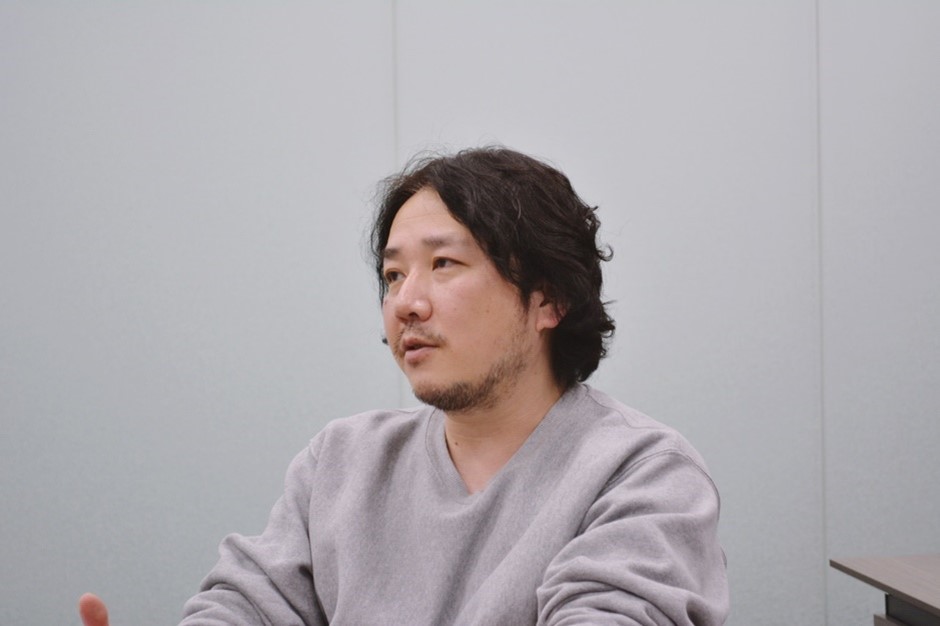
――I see. Thank you for taking the time to speak with us.
■About CRI Middleware
CRI Middleware offers sound and video middleware to game developers. Gamers will probably recognize them by their blue CRIWARE logo that appears in over 6,500 games that already use their technology.
■About CRIWARE
CRIWARE consists of audio and video solutions for a multitude of platforms including smartphones, game consoles, and web browsers. More than 6,500 titles are powered by their technology. For more information, visit their official website.
Translated by. Braden Noyes based on the original Japanese article (original article’s publication date: 2023-03-04 12:06 JST)

